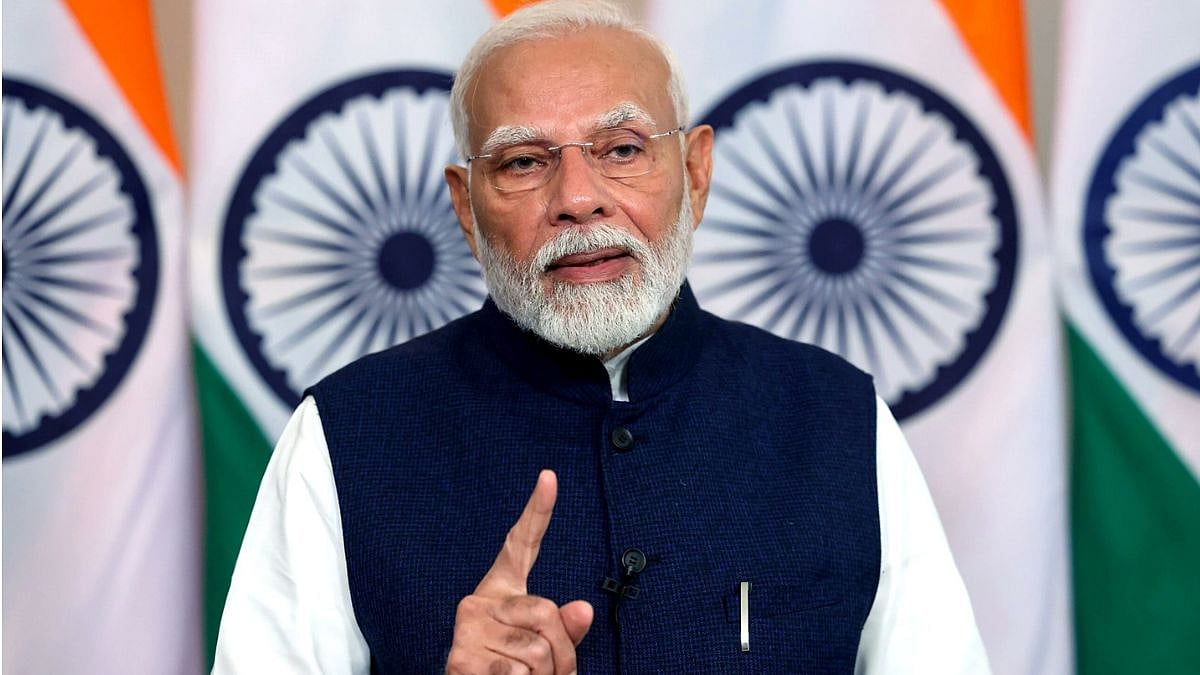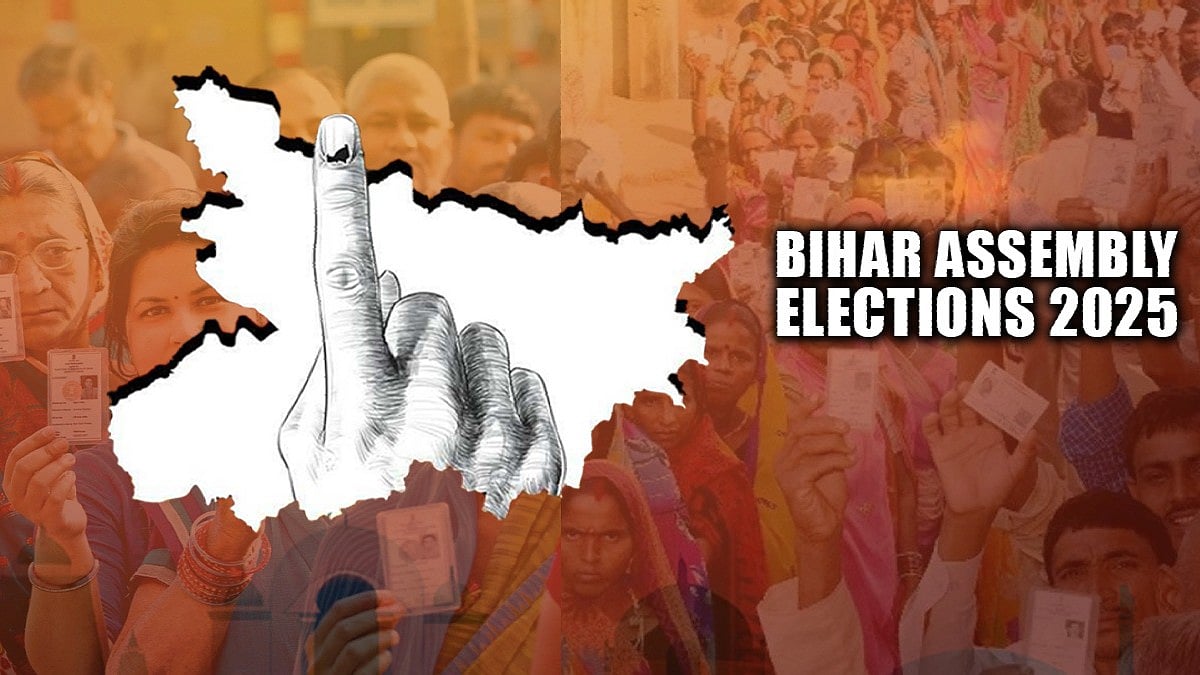It is not uncommon for households to indulge in bit of self-abnegation especially when the family purchasing power is not keeping pace with inflation. This may not be possible with bread, but with butter yes. Thus, while willy-nilly continuing to buy a 5 kg packet of atta every fortnight, the family may reduce its butter consumption from half kilogram per fortnight to three hundred grams to cut corners and balance its budget to the extent possible. Ditto for milk, fish and fruits.
If you can’t beat them join them is the wise refrain of the survivalists in the dog-eat-dog competitive businesses. Consume less of non-essentials is the down-to-earth homegrown wisdom for households during inflationary times.
It is against this backdrop that the shrinkflation strategy of FMCG brands in India needs to be understood. The term which was first coined by the British Economist Pippa Malmgren means downsizing the size, quantity, or quality of the product without increasing the costs.
To wit, Haldiram has reduced the weight of its 55 gram of Aloo Bhujia packet to 42 gm, while Nestle has reduced the weight of its earlier 80 gram of Maggi to 55 gram. It is another matter that a family of three using two packets of Maggi would need to use three to keep hunger away. Be that as it may. Even vessel cleaning powder Vim from the HUL stable has reduced the size of their soap from 155 gram to 135 gram. All to guard the price line. Optical illusion did you say?
Dumbed-down marketing strategy could be the more apt description of this marketing strategy. Such optical illusions dare not be thrust on essentials. A five kg atta or rice pack can’t morph into 4.5 kg. Consumption of staples remain constant inflation or normal times. In other words, the marketing gimmick of shrinkflation simply won’t work when the demand for a product is inelastic.
Sachetisation vs shrinkflation
Sachetisation on the other hand is a more sensible marketing strategy that has paid very rich dividends to the Indian FMCG sector. A small pouch of shampoo costing rupee one was a masterstroke that took this perceived modern-day hair wash product to the rural areas. Chocolate and health drinks priced at Rs 10 per sachet converted such drinks from an elitist to household product and thus catapulted the sales of the brands manufacturing them.
The difference between sachetisation and shrinkflation is too stark to be missed out. While the former is considerate to the common man’s purse, the latter is condescending and undermines his intelligence to see through the gimmick especially when quality has been brought down a couple of notches.
In the US, where till recently large-sizing was the stratagem of restaurants like McDonalds to push their revenue, it is now its obverse small-sizing that has become the order of the day. Dominos has cut down the amount of 10 boneless chicken wings to eight boneless chicken wings for the same price. Similarly, while Burger King has reduced the number of chicken nuggets in its meals, the salads offered by some US eateries are two ounces lighter according to a Bloomberg report. Small-sizing by restaurants is taken in their strides by diners so long as the quality remains the same.
Dumbing down buyers intelligence
The problem with shrinkflation is its dim view of the intelligence of buyers who are supposed to be price-sensitive more than anything else and do not mind both the reduction in quantity and dilution in quality. The truth is buyers are not so dumb. If the price of a small packet of biscuit priced at Rs 5 containing five pieces remains as it is but the quantity is reduced to three pieces, the consumer is bound to sit up and take notice. Similarly, detergent powder of a given quantity has to be used. So, a housewife may have to buy more packets to keep her clothes sparkling clean as before.
Amazon-like effect to the rescue of consumers
Intelligent buyers are fighting inflation through the Amazon effect, if one may say so. Instead of buying groceries and toiletries from stores at MRP or at an apology of a discount from them, they buy them online and beget a whopping 30 percent discount often. This is thanks to direct buying by large online stores. Elimination of middlemen does the trick. The mushrooming growth of pharma apps has also resulted in considerable savings for online buyers of medicines. The neighbourhood chemist accustomed to a whopping 30 percent to 40 percent margin is reluctant to read the writing on the wall.
It shouldn’t be beyond the capabilities of FMCG giants like HUL and P&G to directly sell to consumers online or by opening their own brick and mortar stores at strategic locations. The elephant in the room alas is the huge middlemen commission. If this is considerably pruned, there is no need for practicing optical illusions like shrinkflation.
Where shrinkflation won't work
BTW, shrinkflation simply won’t work for consumer durables like washing machine, cars and refrigerators except on the quality front. Price hikes are inevitable in this segment what with the Ukraine war upsetting the global supply chains. At the subliminal level, shrinkflation has always existed like when people pool their cars wisely instead of each one riding his own car to the same workplace. Net-net, if it is practiced voluntarily, it is cheerfully accepted but if foisted it is bound to be counterproductive especially when quality too is downsized.
(S Murlidharan is a veteran columnist and tweets @smurlidharan)









